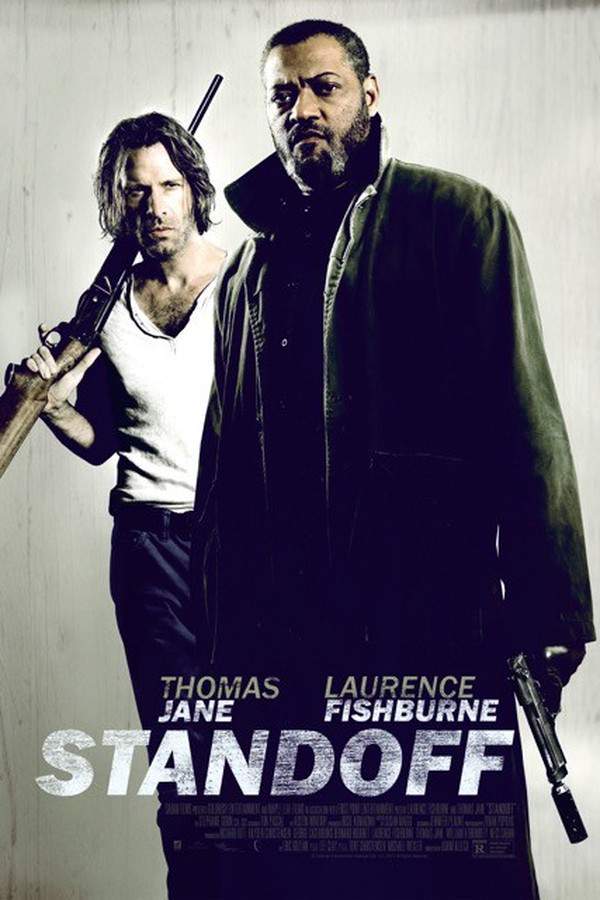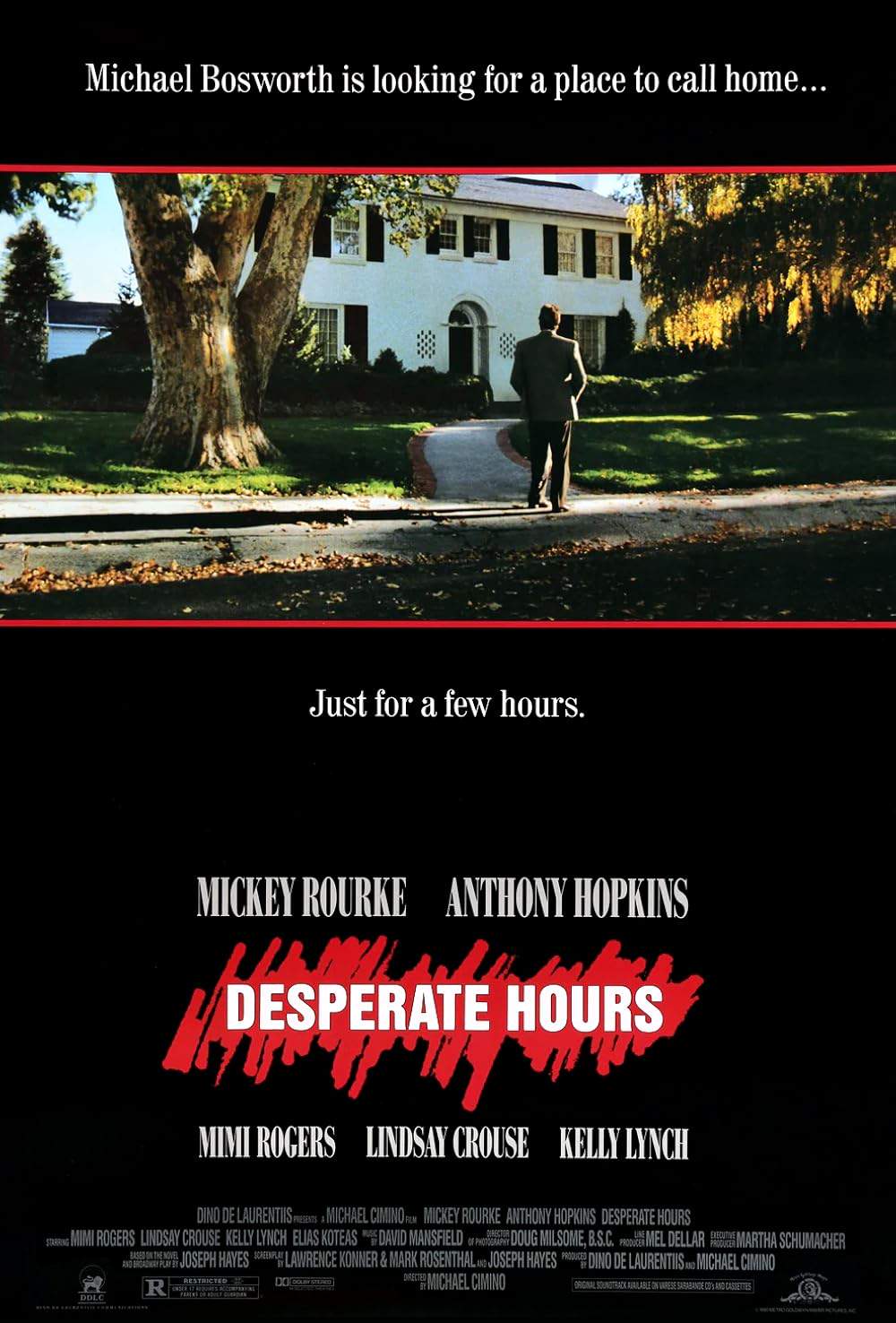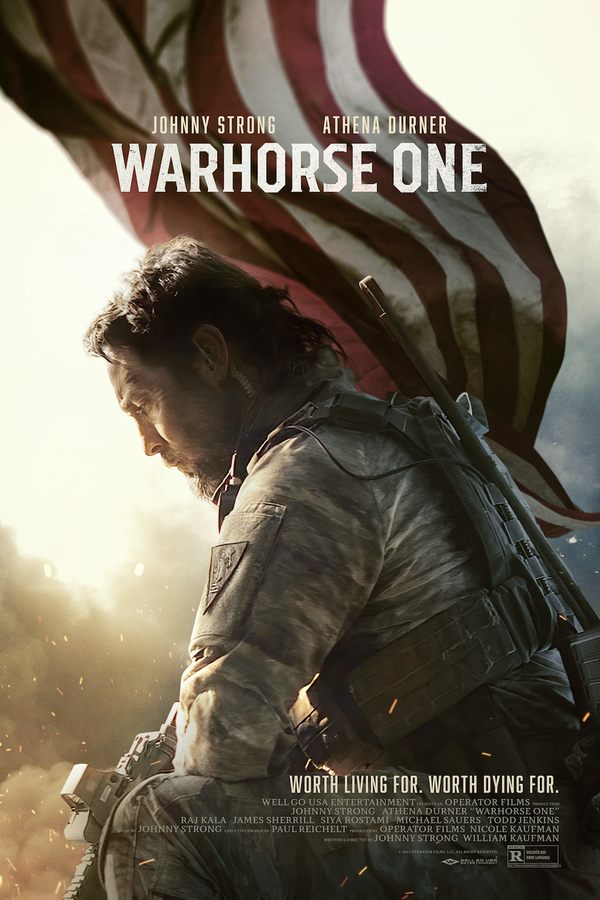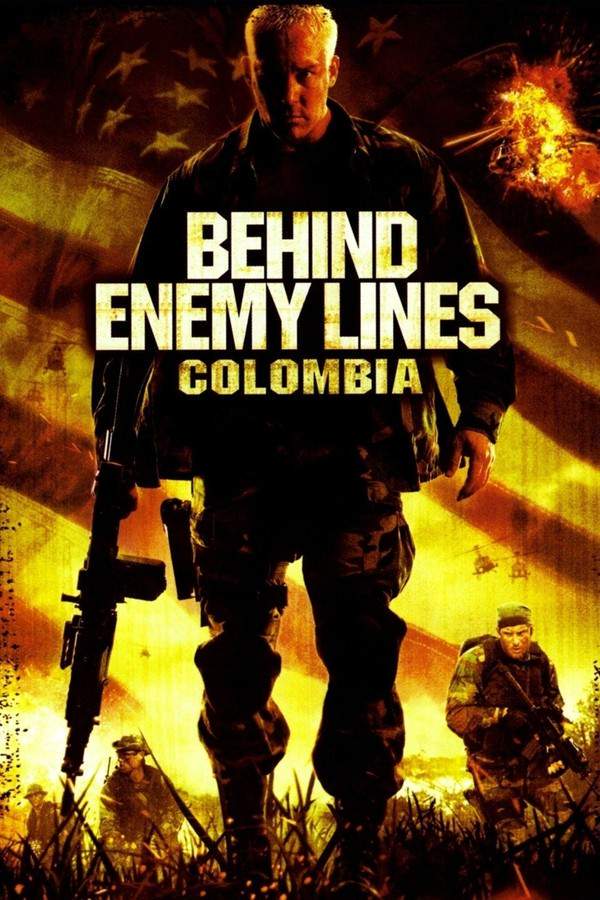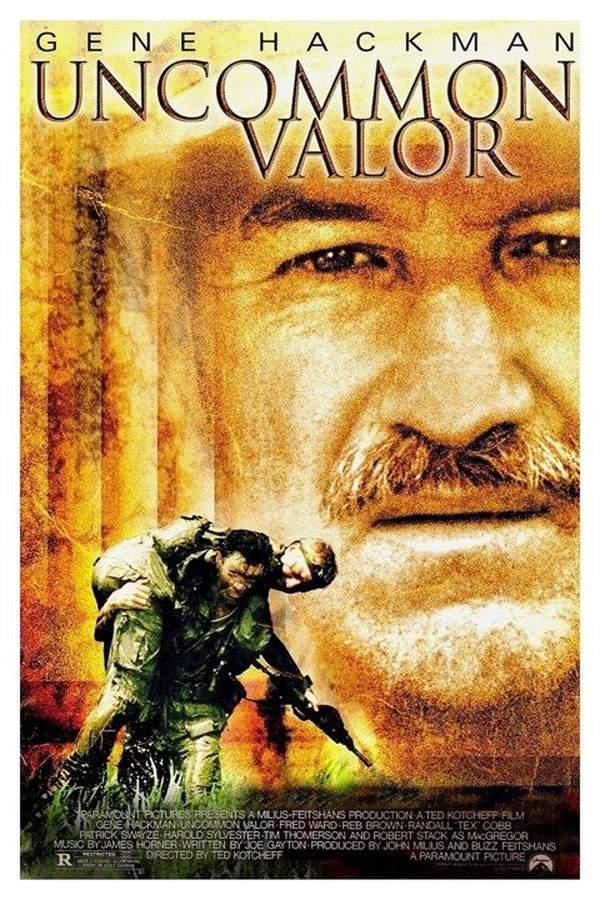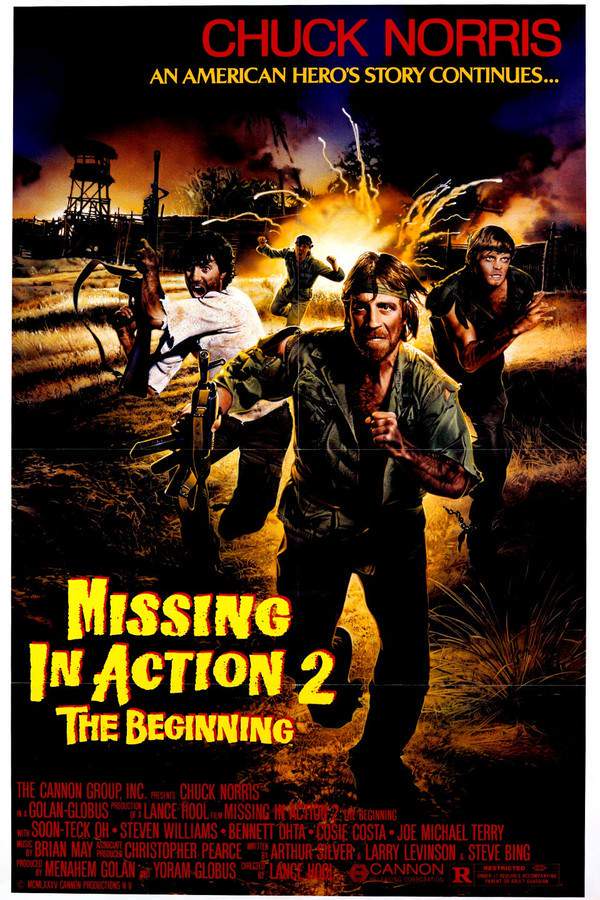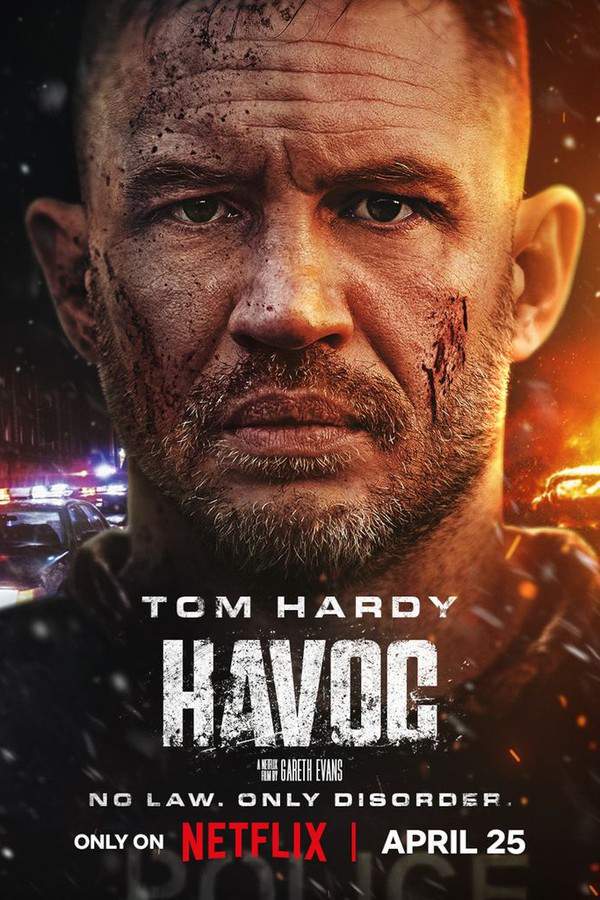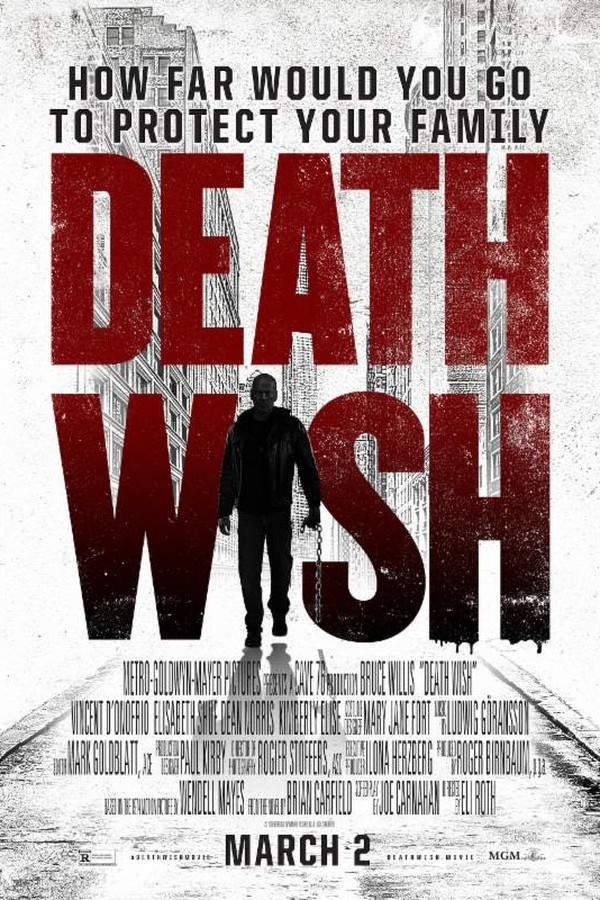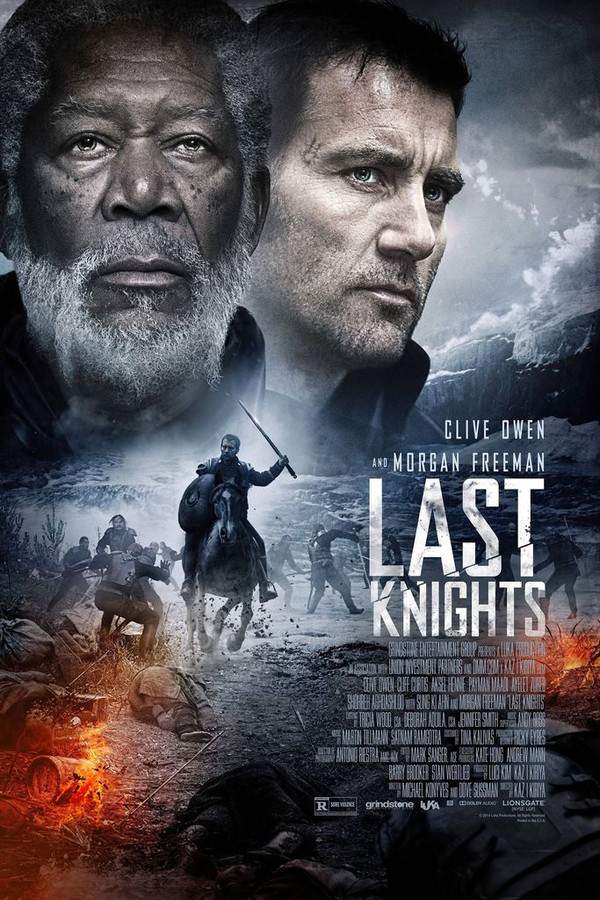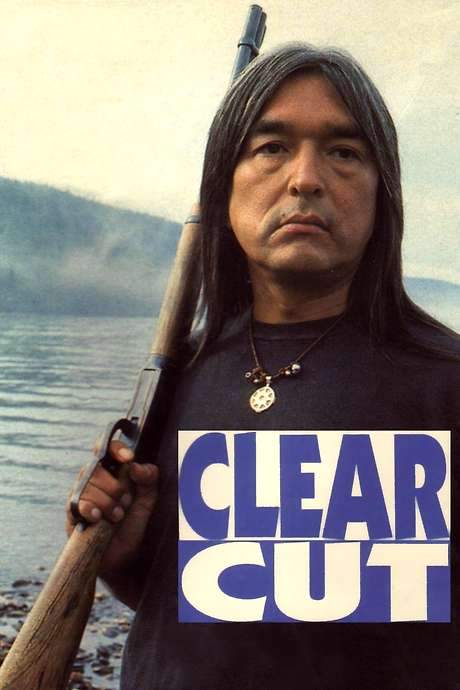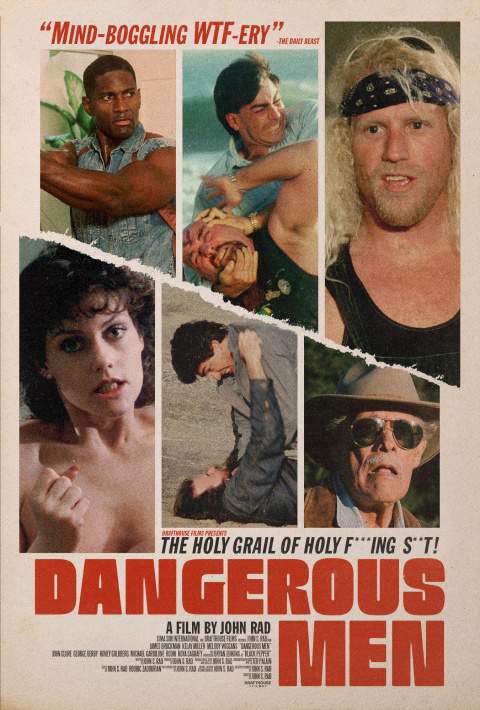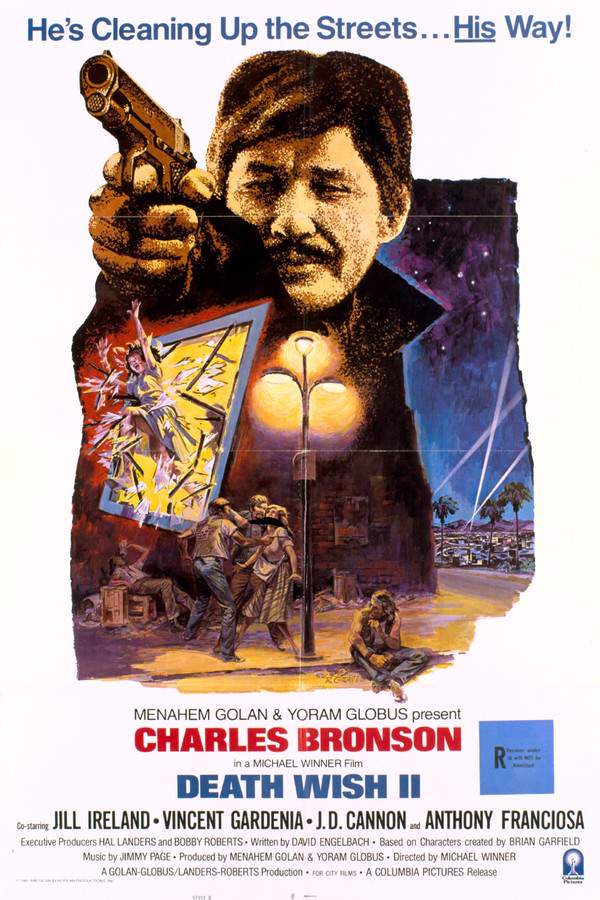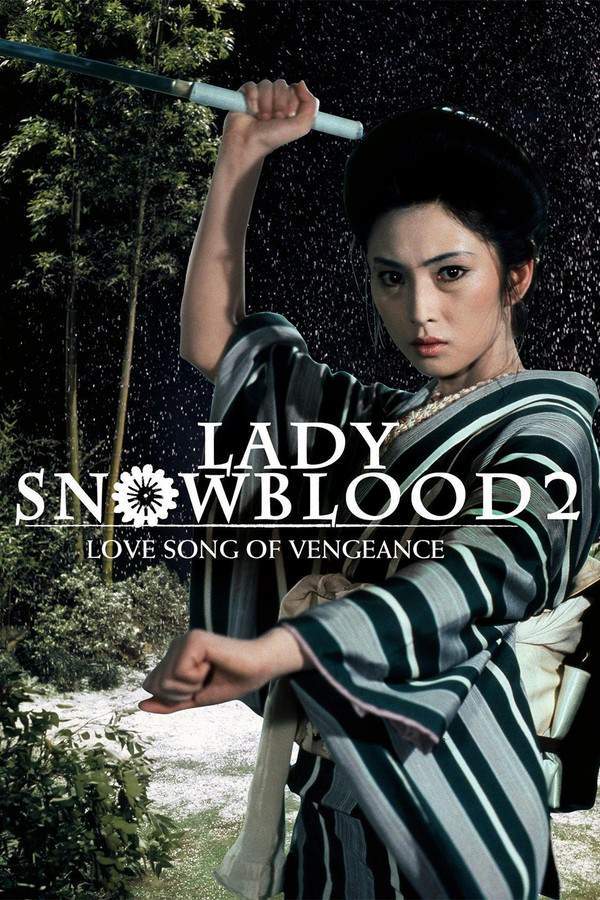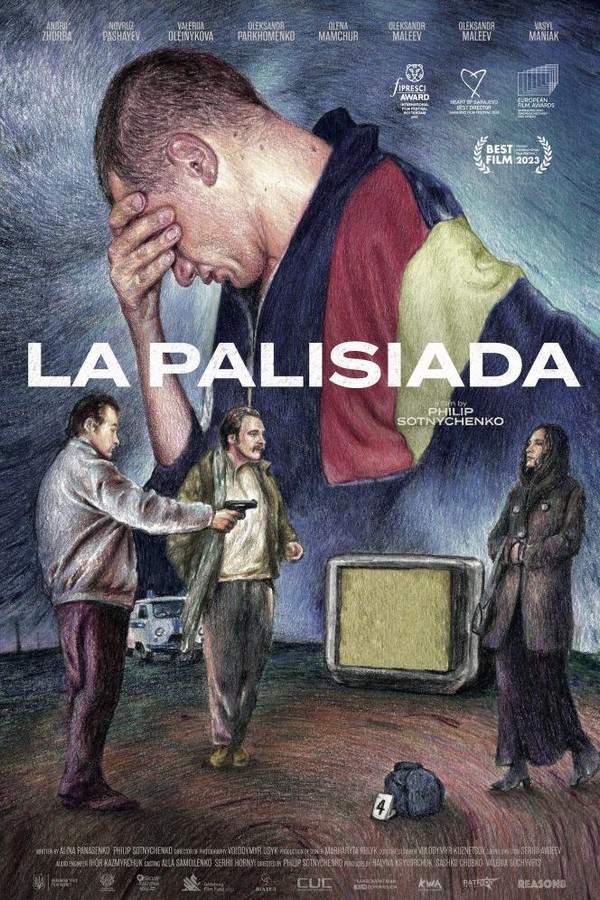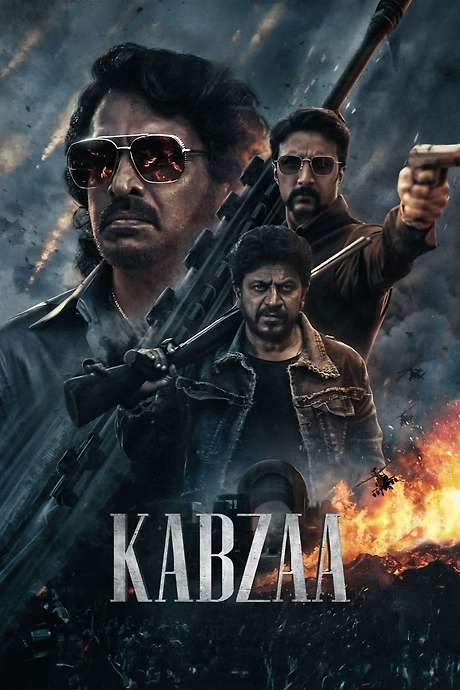
Call of Heroes
Year: 2016
Runtime: 120 mins
Language: Cantonese
Director: Benny Chan Muk-Sing
Set during a period of warlords in China, the village of Pucheng faces a dire situation when the local government sends all military forces to the front lines. The ruthless commandant Cao and his troops invade, bringing violence and death to the innocent villagers. With no protection, the people of Pucheng must find the courage to fight back and defend their homeland against Cao’s brutal campaign.
Warning: spoilers below!
Haven’t seen Call of Heroes yet? This summary contains major spoilers. Bookmark the page, watch the movie, and come back for the full breakdown. If you're ready, scroll on and relive the story!
Call of Heroes (2016) – Full Plot Summary & Ending Explained
Read the complete plot breakdown of Call of Heroes (2016), including all key story events, major twists, and the ending explained in detail. Discover what really happened—and what it all means.
In a fractured, post-Qing China, the map is a rough mosaic of rival military governors, each asserting control over scattered towns and roads with little mercy. At the heart of this upheaval stands Cao Shaolun Louis Koo, a ruthless figure who roams Shitoucheng with a chilling ease, delighting in the random killing and plunder that unnerves civilians and erodes trust in any stable authority. The violence he sows casts a long shadow over the region, turning once-quiet streets into lines of fear and suspicion.
As refugees flee toward safety, a schoolteacher named Ms Pak flees with her students and seeks asylum in Pucheng, a town governed by a different ruler and watched by a wary, makeshift militia led by Colonel Yang Kenan Sean Lau. The arrival of the refugees unsettles an already fragile balance, and the townspeople cling to the presence of the militia as a last line of defense against chaos. Amid this tense backdrop, the film introduces a broader cast of local figures who become entangled in this struggle for survival and order.
Cho, a man who embodies the unpredictable cruelty of the period, murders Pak’s cousin and one of her students in a brutal display of power. He is sentenced to death, a sentence that seems straightforward until the powerful forces behind him move to overturn it. Cho’s father, a figure who commands his own military strength, arrives with an implicit threat: release Cho, or the town will face massacre. Colonel Yang Kenan faces an impossible choice between due process and the immediate demand to protect civilians, a dilemma that exposes the fragility of law in a land splintered by competing loyalties.
Two of Cho’s commanders worry about the human cost of continuing the arrest. They attempt a nocturnal rescue to break Cho free and strike at the heart of the prison, yet the disciplined militia holds firm, repelling the raid and signaling that improvisation cannot win against a determined, organized opposition. The situation worsens when wealthy interests within the town mobilize private guards to press for Cho’s freedom, threatening violence against Yang Kenan and his few remaining allies if their demand is not met. The militia’s resolve is tested to the breaking point as public sentiment flares, and crowds insist that Cho be released to spare the town from further bloodshed—an argument that pits public fear against civil order and the duty of leadership.
Reluctantly, Yang Kenan disbands the militia in a bid to prevent further bloodshed, but dawn reveals a harsher reality: Cho’s soldiers have broken free and now plunder the town with impunity. The balance of power shifts violently as the remaining defenders rally to the cause of protecting the townspeople. The survivors organize a defensive response—bombing the enemy camp, laying traps in the streets, and arming those who had once lived in fear—turning civilians into a makeshift militia of their own. In this crucible of desperation, the community learns to improvise, improvise, and improvise again, showing both the resilience and the limits of popular resistance.
The tide of violence reaches its climax when Cho is finally slain, his reign of terror brought to a bloody end. Yet the violence does not end there: Cho’s father launches a revenge-driven invasion against Pucheng, only to be met by a counterstrike from Pucheng’s own forces in a pitched field battle. The result is a brutal reversal that underscores the fragile nature of victory in a land where power is constantly contested. With order restored for a time, the film leaves viewers to reflect on the broader social questions it raises: who really holds power, what privileges belong to the upper class, and what constitutes true justice in a landscape where tomorrow’s loyalties can shift with the wind.
Ultimately, the narrative invites a sober meditation on how wealth, status, and military might influence life and death in a fractured society. It asks whether justice can ever be truly impartial when those with resources and influence shape the rules, and it suggests that peace — when it comes — might emerge only after a harsh reckoning of privilege and responsibility. The story does not offer a neat resolution but instead presents a morally complex tapestry in which the line between protector and aggressor is often blurred, and where the cost of keeping a town alive weighs heavily on those who dare to lead.
Last Updated: October 03, 2025 at 06:46
Explore Movie Threads
Discover curated groups of movies connected by mood, themes, and story style. Browse collections built around emotion, atmosphere, and narrative focus to easily find films that match what you feel like watching right now.
Movies about desperate civilian stands like Call of Heroes
Ordinary people pushed to their limits, forced to defend their homes against overwhelming brutality.If you enjoyed Call of Heroes, explore more movies where ordinary people must fight back against ruthless invaders. These films capture the tension and high stakes of community defense, featuring stories of survival, moral dilemmas, and the grim reality of fighting for home against overwhelming odds.
Narrative Summary
These narratives typically begin with a peaceful community shattered by an invasion or tyranny. The plot follows the rapid escalation from normalcy to a life-or-death struggle, focusing on the improvised tactics, heavy casualties, and profound moral choices faced by characters who are not soldiers but are forced to become them.
Why These Movies?
They are grouped by their core premise of civilian defiance, shared high-tension and oppressive mood, fast pacing driven by immediate threat, and exploration of themes like survival justice and the fragility of peace.
Movies about brutal justice in lawless worlds like Call of Heroes
Stories set in anarchic societies where power is absolute and justice comes at a horrific price.Fans of Call of Heroes will appreciate these films set in times of warlords or societal collapse. Discover similar stories exploring power, privilege, and the heavy cost of resistance in worlds without law, where the line between justice and vengeance is blurred and endings are often morally complex.
Narrative Summary
The narrative pattern involves a powerful, cruel antagonist exploiting a power vacuum to terrorize a population. A hero, often operating outside formal systems, must make difficult, morally grey choices to challenge this tyranny. The journey is visceral and violent, culminating in a resolution that may stop the immediate threat but leaves deeper systemic issues unresolved.
Why These Movies?
These films share a grim, oppressive tone, high intensity driven by brutal violence, and a thematic focus on the abuse of power, the concept of justice in chaos, and the heavy emotional weight of fighting corruption. They often feature ambiguous endings that reinforce the bleak setting.
Unlock the Full Story of Call of Heroes
Don't stop at just watching — explore Call of Heroes in full detail. From the complete plot summary and scene-by-scene timeline to character breakdowns, thematic analysis, and a deep dive into the ending — every page helps you truly understand what Call of Heroes is all about. Plus, discover what's next after the movie.
Call of Heroes Timeline
Track the full timeline of Call of Heroes with every major event arranged chronologically. Perfect for decoding non-linear storytelling, flashbacks, or parallel narratives with a clear scene-by-scene breakdown.

Characters, Settings & Themes in Call of Heroes
Discover the characters, locations, and core themes that shape Call of Heroes. Get insights into symbolic elements, setting significance, and deeper narrative meaning — ideal for thematic analysis and movie breakdowns.

Call of Heroes Spoiler-Free Summary
Get a quick, spoiler-free overview of Call of Heroes that covers the main plot points and key details without revealing any major twists or spoilers. Perfect for those who want to know what to expect before diving in.

More About Call of Heroes
Visit What's After the Movie to explore more about Call of Heroes: box office results, cast and crew info, production details, post-credit scenes, and external links — all in one place for movie fans and researchers.


